Historic Museum:
Hospital Mariae Magdalenae: The hospital with its own church was Gotha's oldest social institution. It was donated in 1223 by the later holy Elisabeth and her husband Landgraf Ludwig IV. of Thuringa. The building was modified from 1716-19 and was used as an old people's home until 1974. In the early 1990s it underwent renovations and has since been used for administration purposes.
Innungshalle (guild hall): E.W. Arnoldi opened in this building the first German commercial school. In 1820 he bought the building for the candler's guild.
Insurance Museum:
Kasematten: The casemates are around 350 years old and used to be 2,5 km long. They are a defensive systems on several underground levels. Today you can see around 300 m. They are thought one of the best preserved casemates system from the late middle ages as they have never actually been needed for defense purposes. If you want to visit the casemates then you need to book the tour at the Schlosskasse for 1 or 2 pm. They take a maximum of 10 people at any one time.
Margarethenkirche: The Margarethenkirche is originally dating back to 1064. In 1494 and 1543 it was changed from a Roman style church to a Gotic one. From 1524 onwards it was a protestant church. Fires destroyed the interior twice in the 17th century but it was rebuilt. In the 18th century it was turned into a Baroque style church. From 1675 on it was used as the burial place for the family of Herzog Ernst I. In the second world war the church was heavily damaged. It was reconstructed between 1952 and 1961.
Natural History Museum: The Natural History Museum in Gotha is the largest of its kind in Thuringia. It is located in a Neo Renaissance building to the south of the Schloss Friedenstein palace complex. It has a number of special exhibitions on the nature and landscape of Thuringia, such as the forest in the area and these change on a regular basis. Informative displays also cover the geological and palaeontology aspects of the area. The museum is open Tuesday to Sunday and the entrance fee is 3 euros.
Orangerie: East of the castle Schloss Friedenstein lies the Orangerie. This garden was constructed from 1747 onwards. The concept was made by Gottfried Heinrich Krohne but the Orangerie wasn't finished until after his death.
Rathaus: What is today used as town hall, was originally built in 1567 as a shopping center. On the same spot there used to be a wooden shopping center. Some of the building materials are from castle Grimmenstein and from the previous shopping center. The north side with its Renaissance style portal is one of the most beautiful in Germany. From 1641-46 the Herzog Ernst der Fromme lived in the building. He redesigned a lot. Since when the building was used as the town hall is not so clear but certainly from 1666 if not already from 1632. The building used to have shops on the ground floor and only much later the fronts were closed. The 23 m high tower can be climbed for the view.
Schloss Friedenstein: The castle has been built on top of an earlier fortress by the name of Grimmenstein. The castle has been built from 1643 until 1656 by Herzog Ernst I. der Fromme. The castle is situated above the old town of Gotha. The castle parks are a fair size and have a big pond where you can feed the ducks. In the park there is also a small tea time castle. It is situated above the Orangerie. The castle also contains a theatre and a chapel.
Schloss Friedenstein Park: To the south of the Schloss Friedenstein is the oldest English Landscaped Gardens on the Continent. There is a lake in the centre of the park with a small island where the last Dukes of Saxe-Gotha are buried.
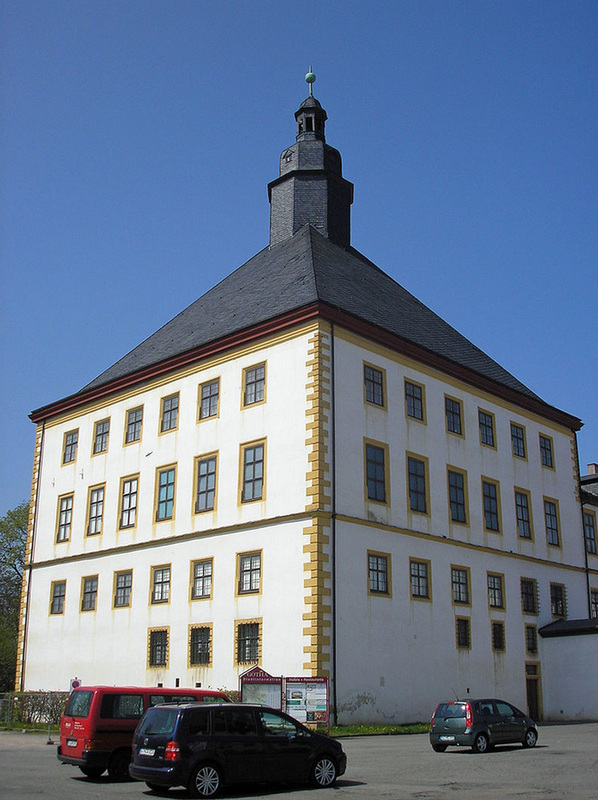
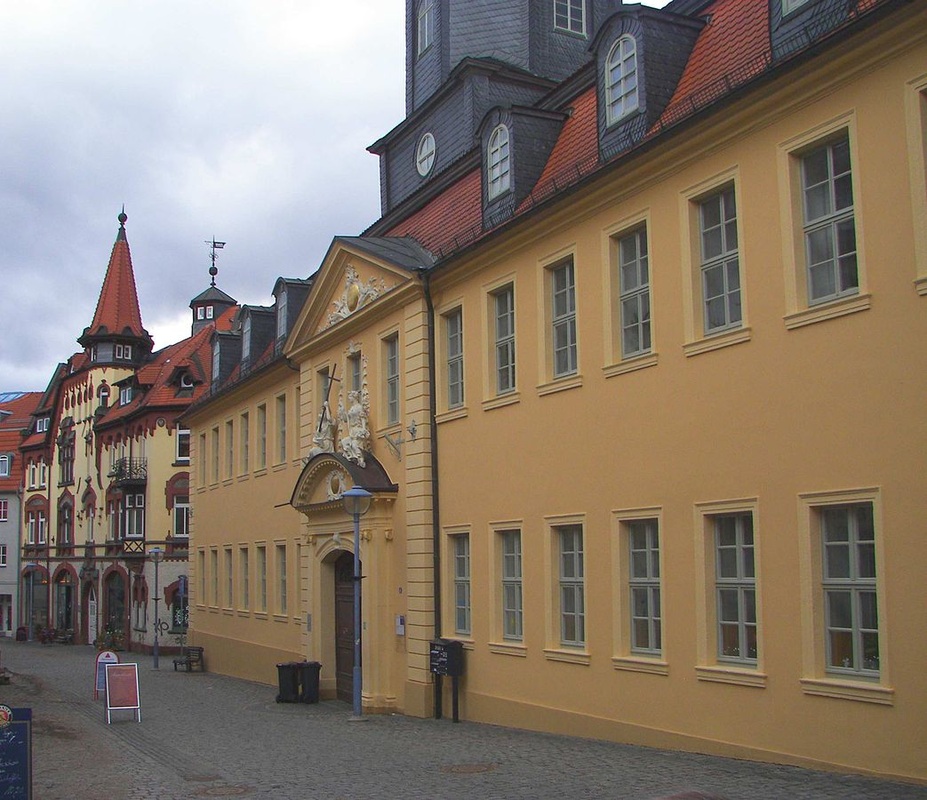
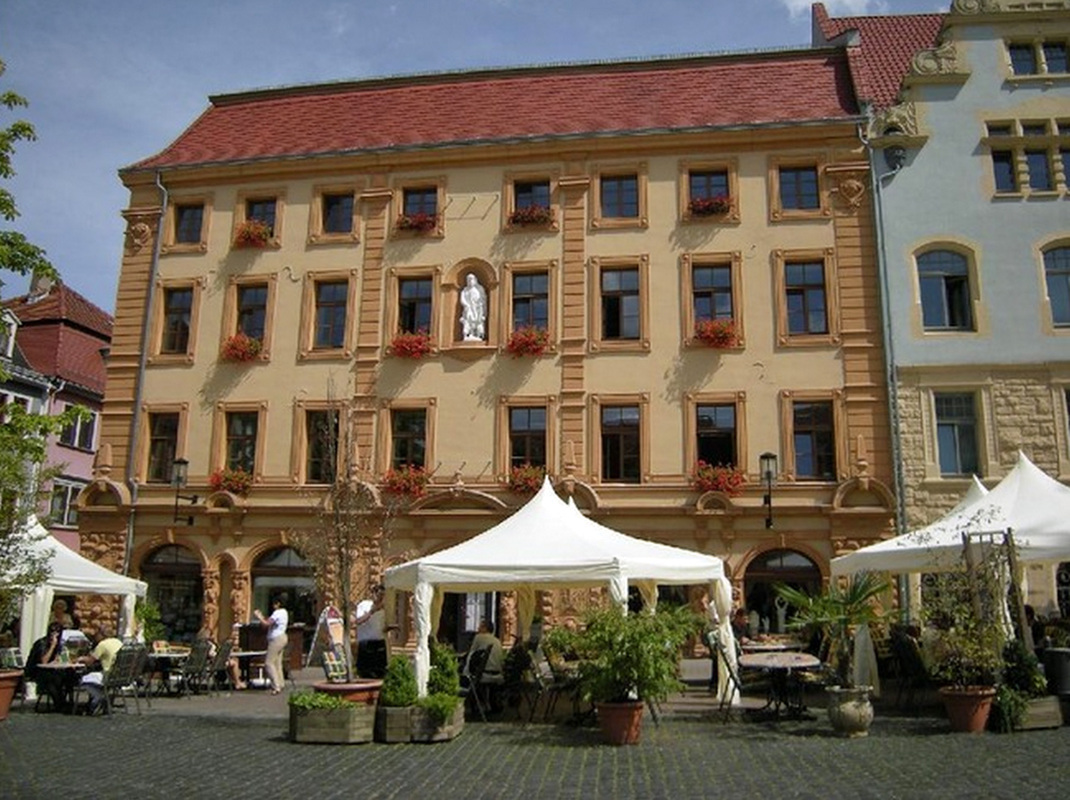
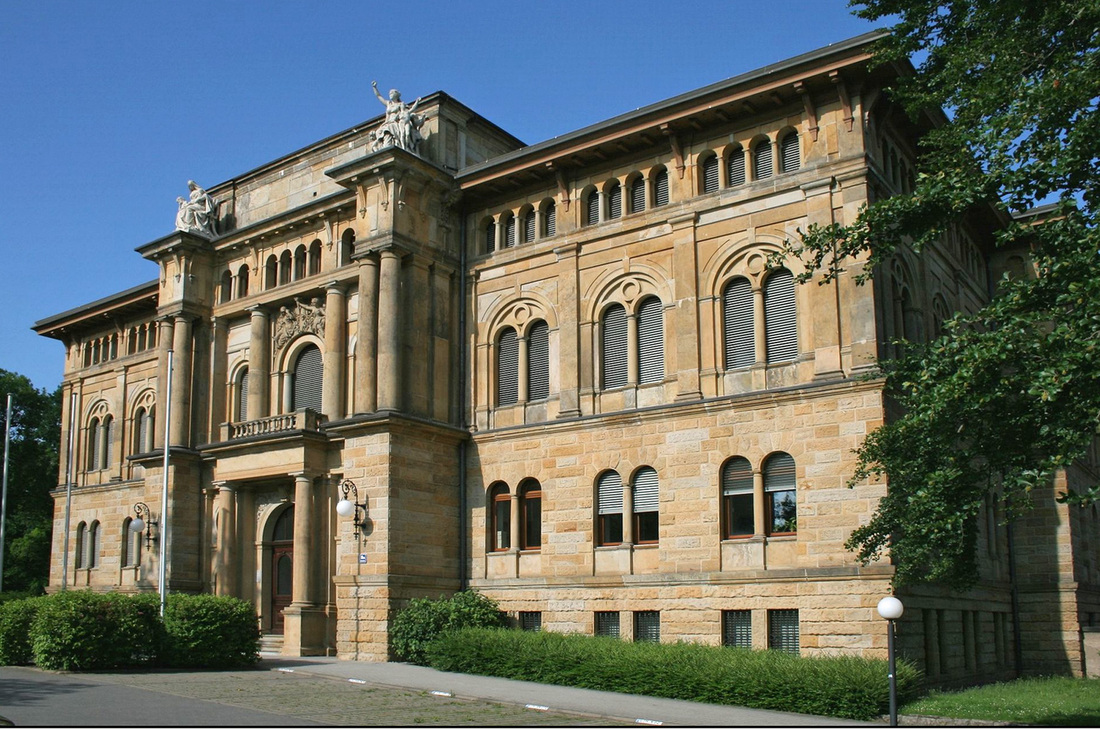
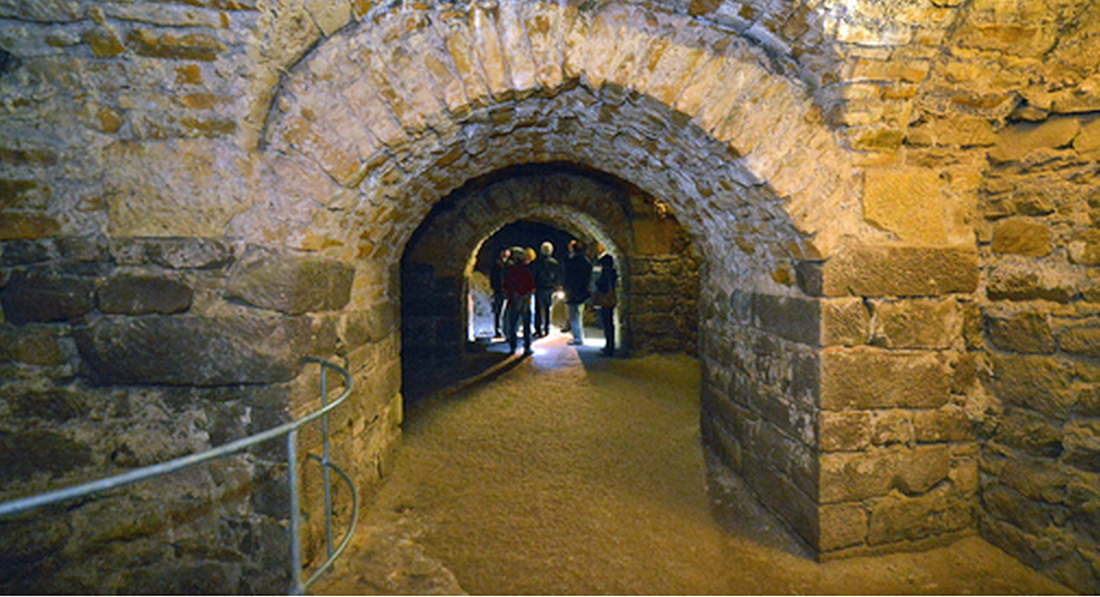
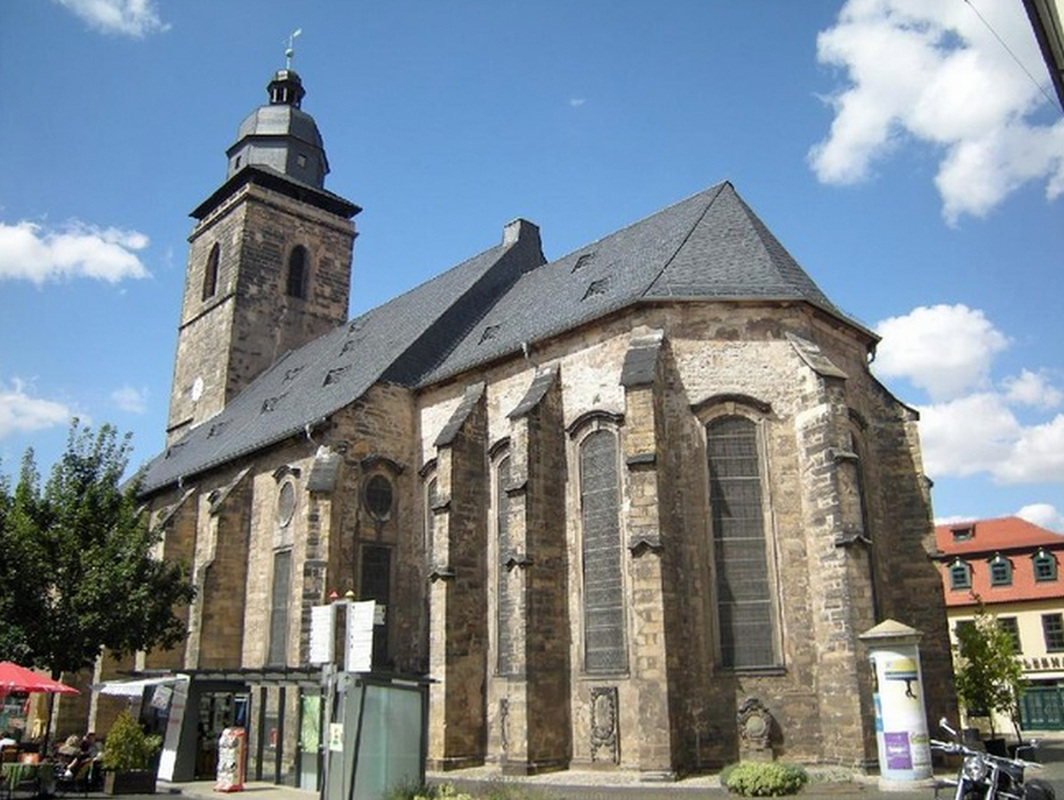
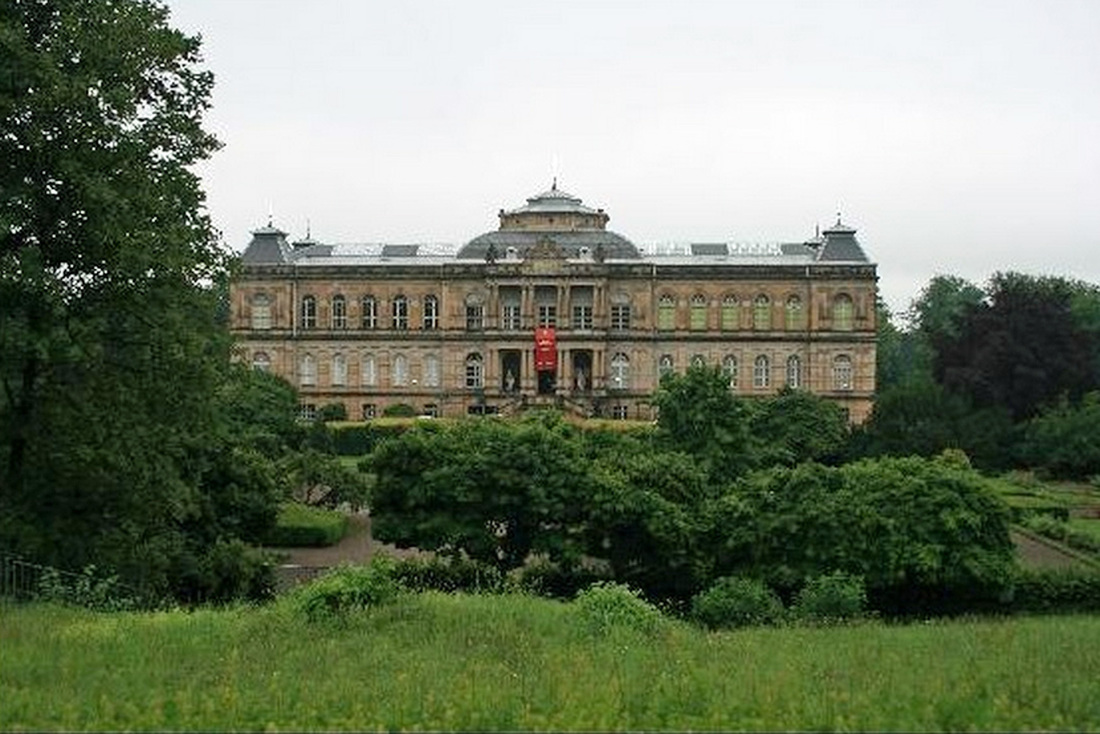
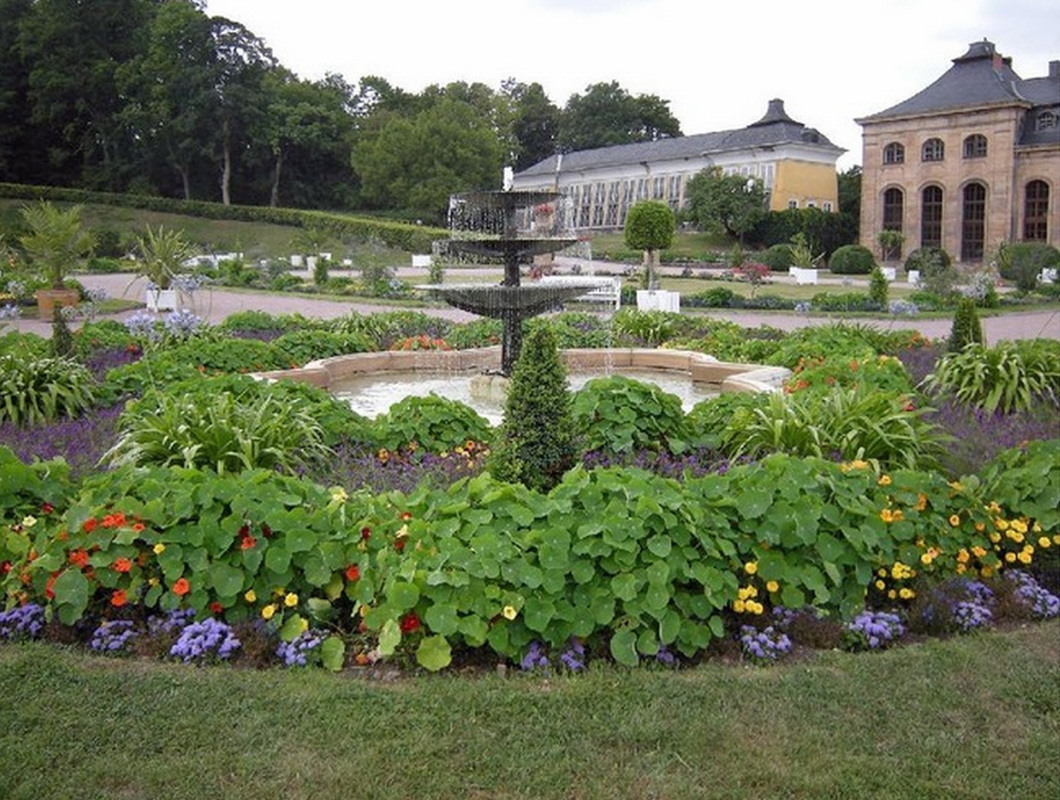
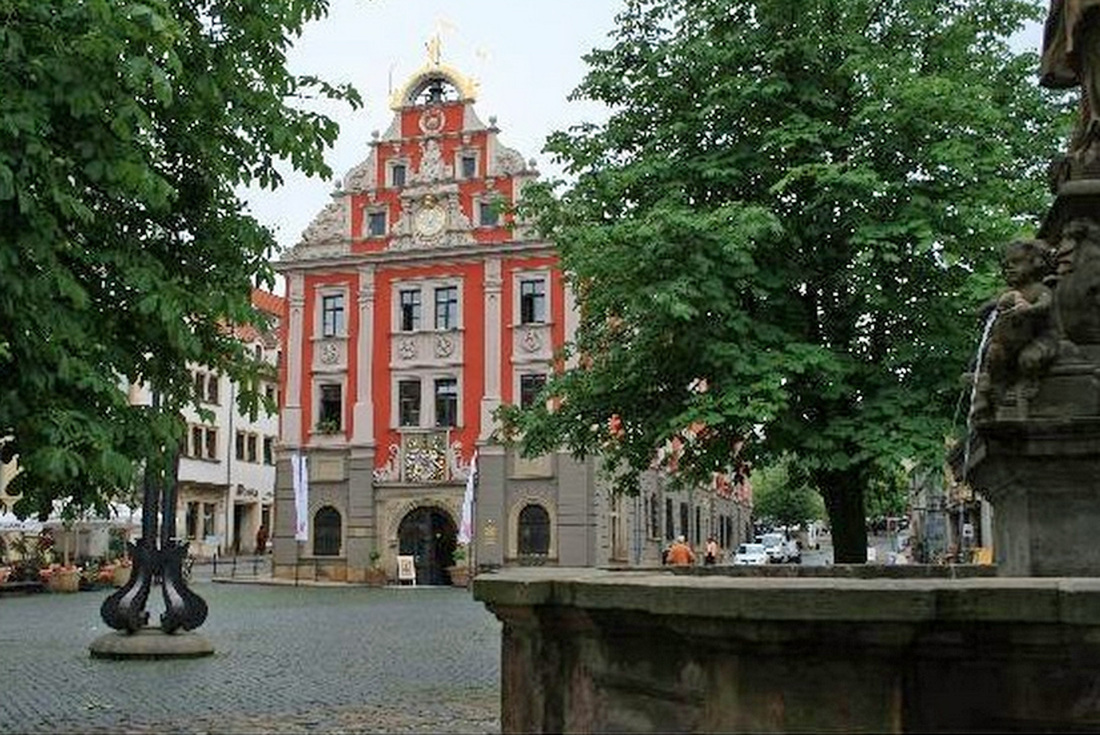
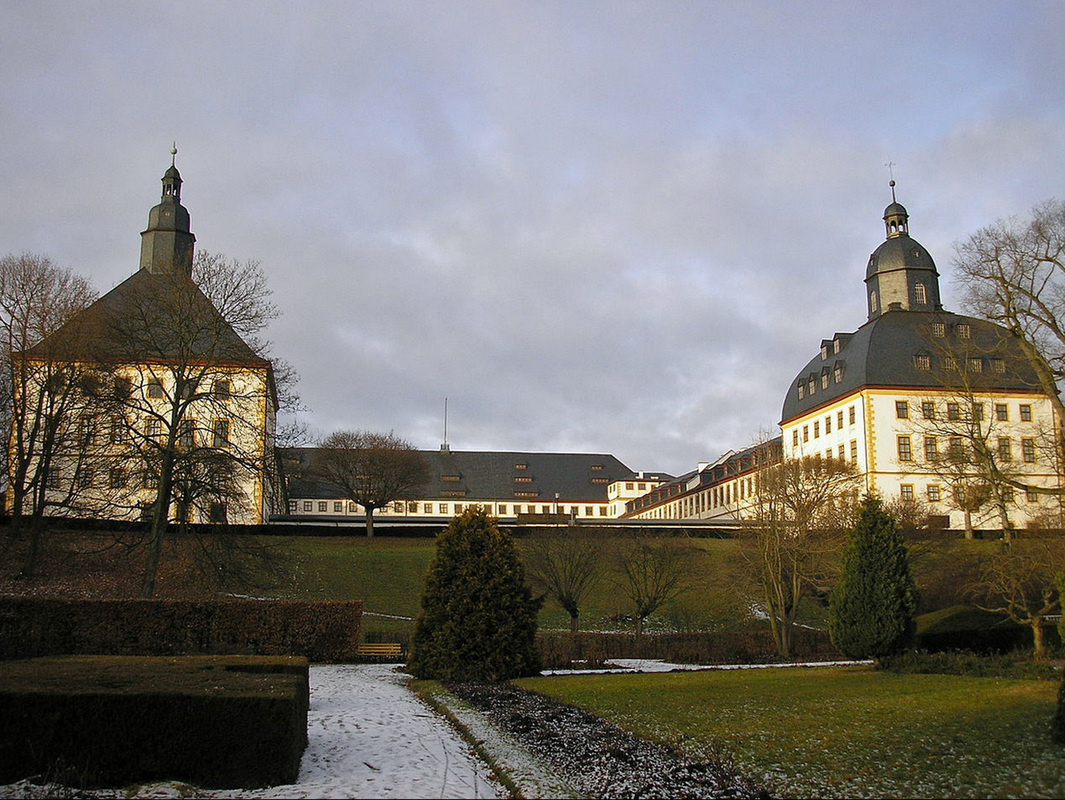
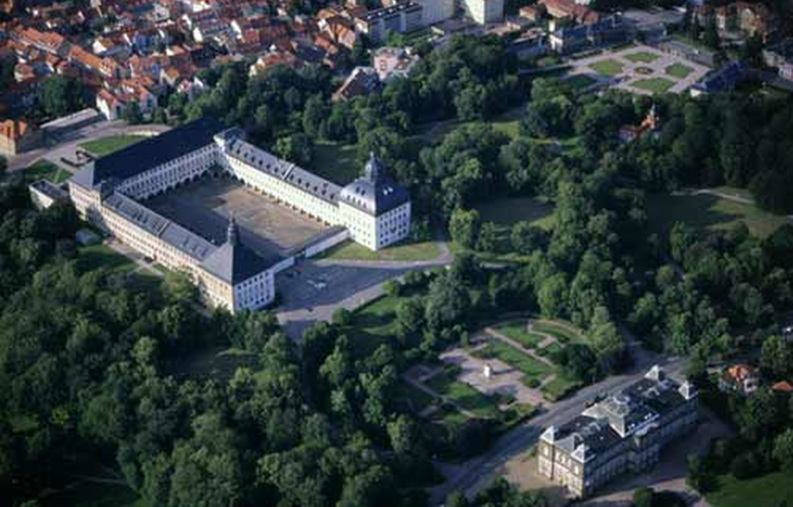
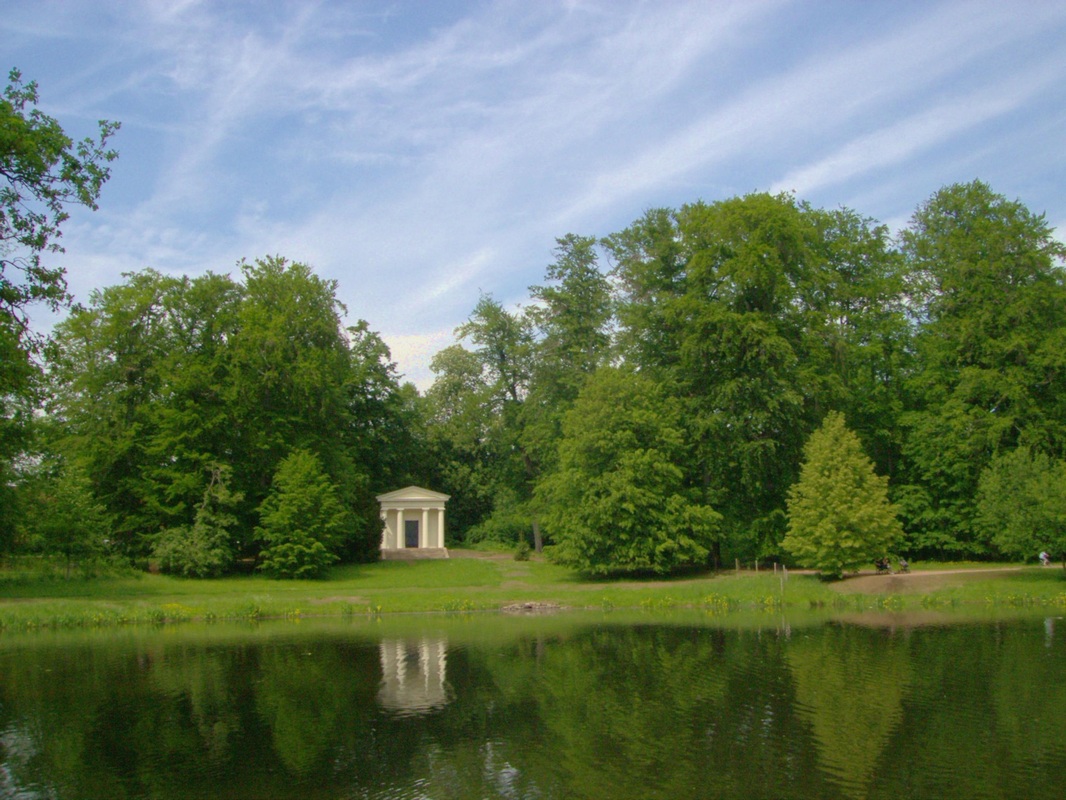
 RSS Feed
RSS Feed